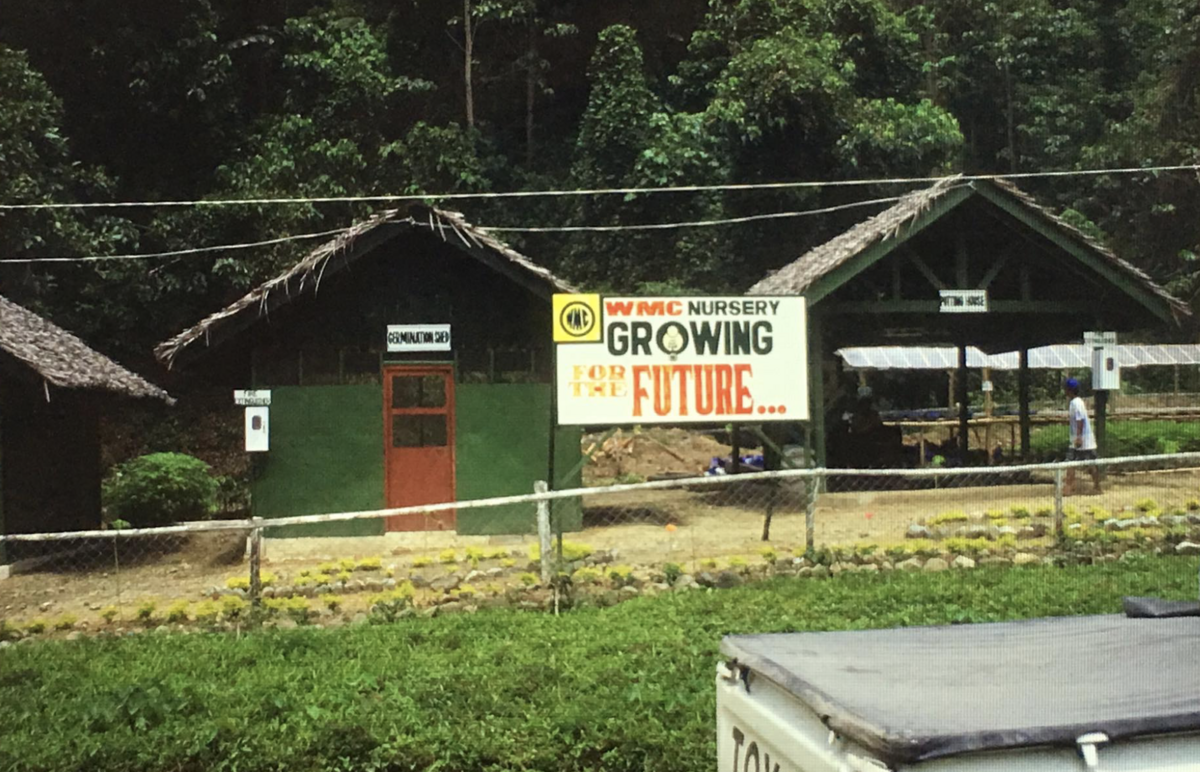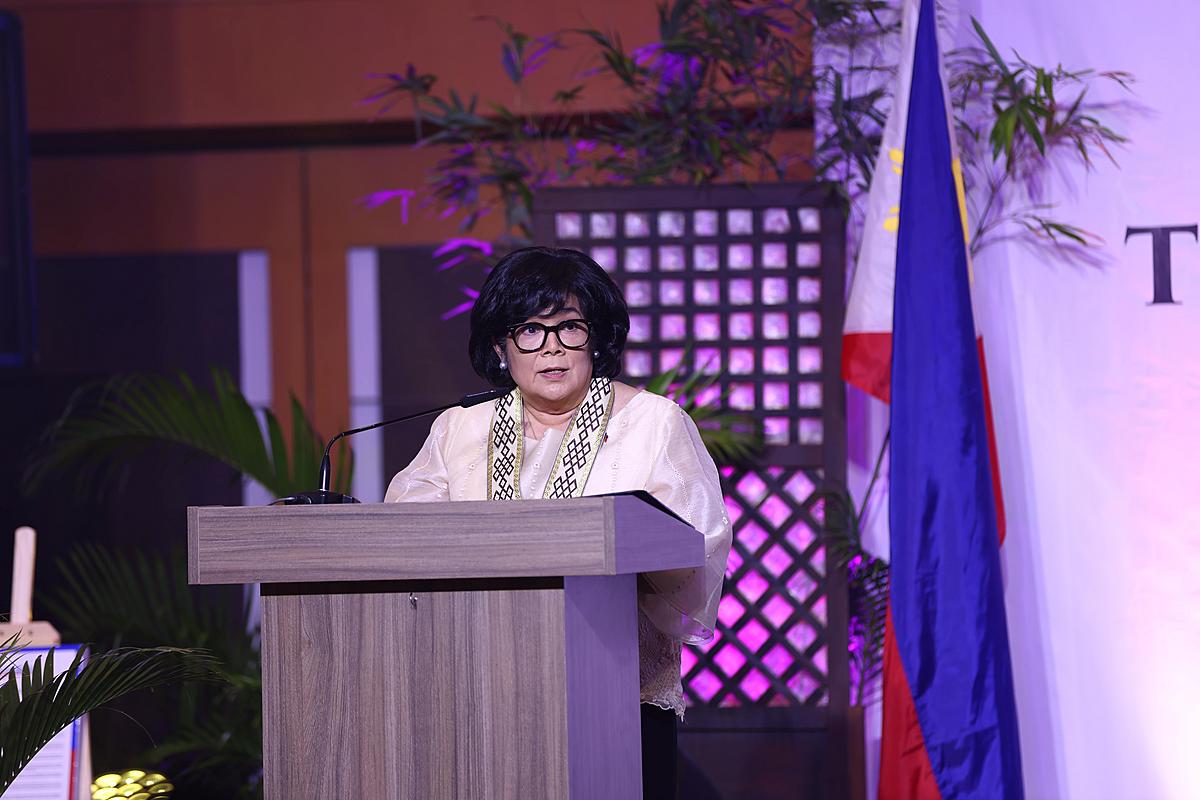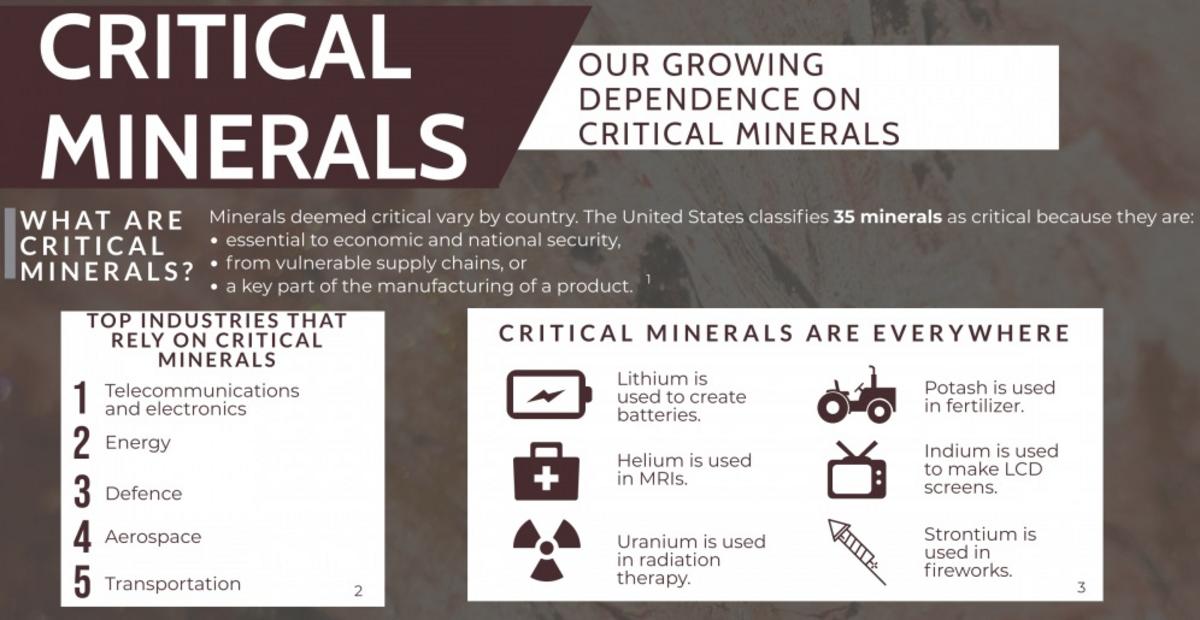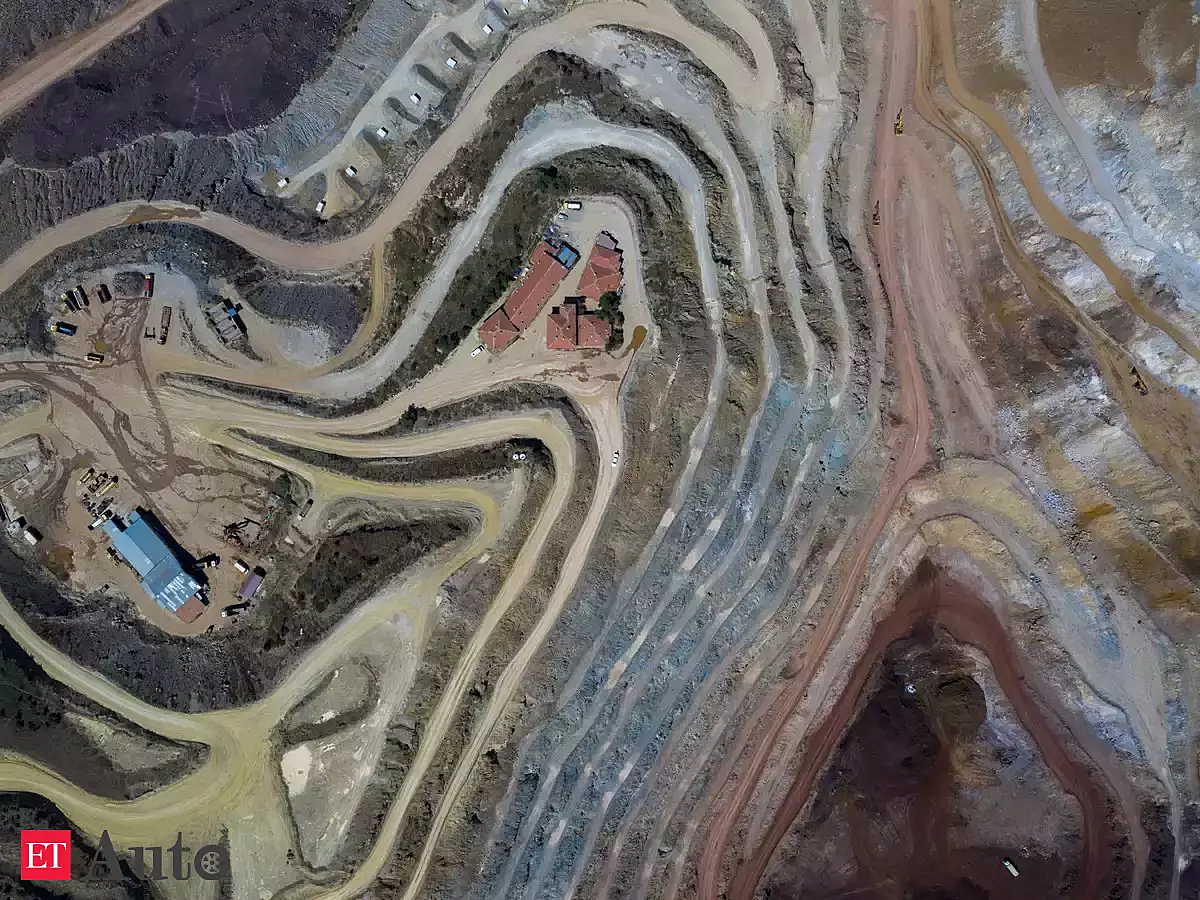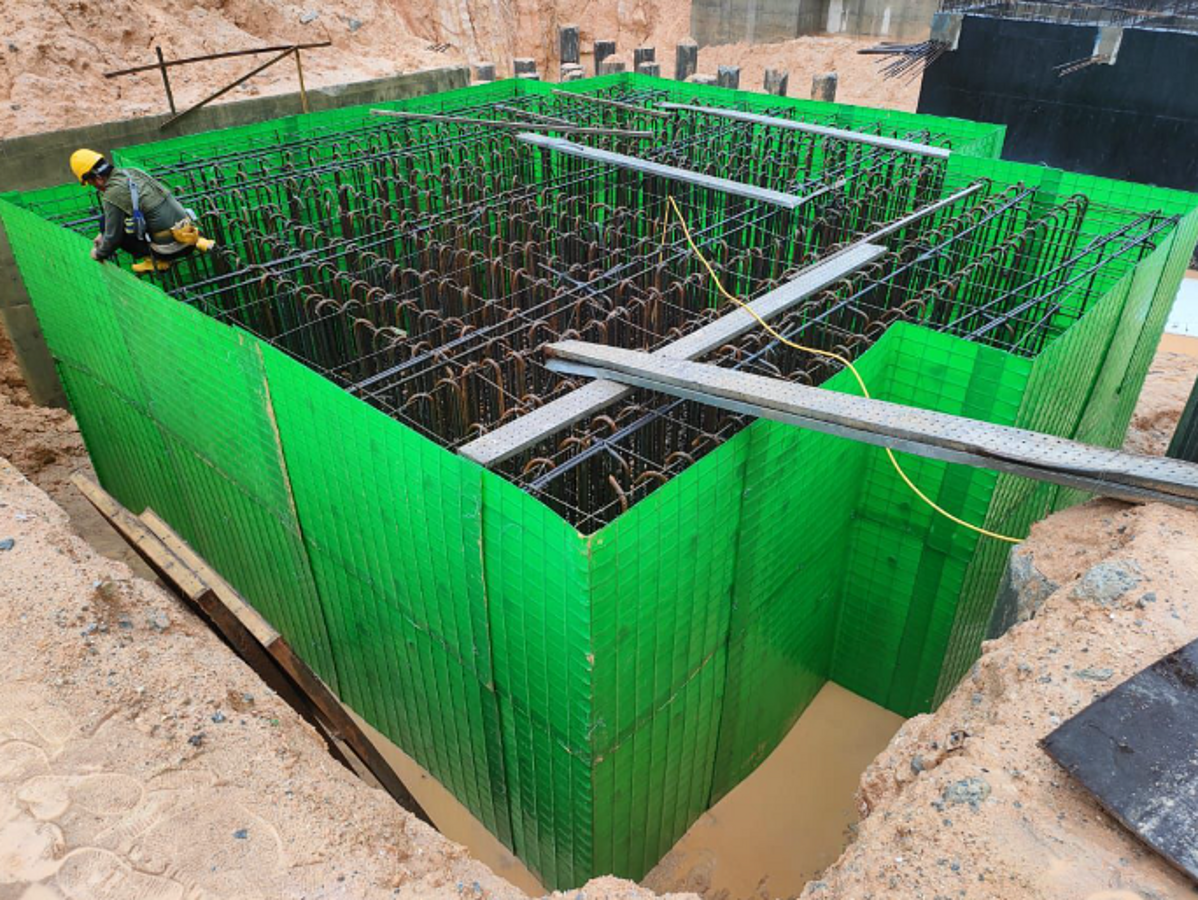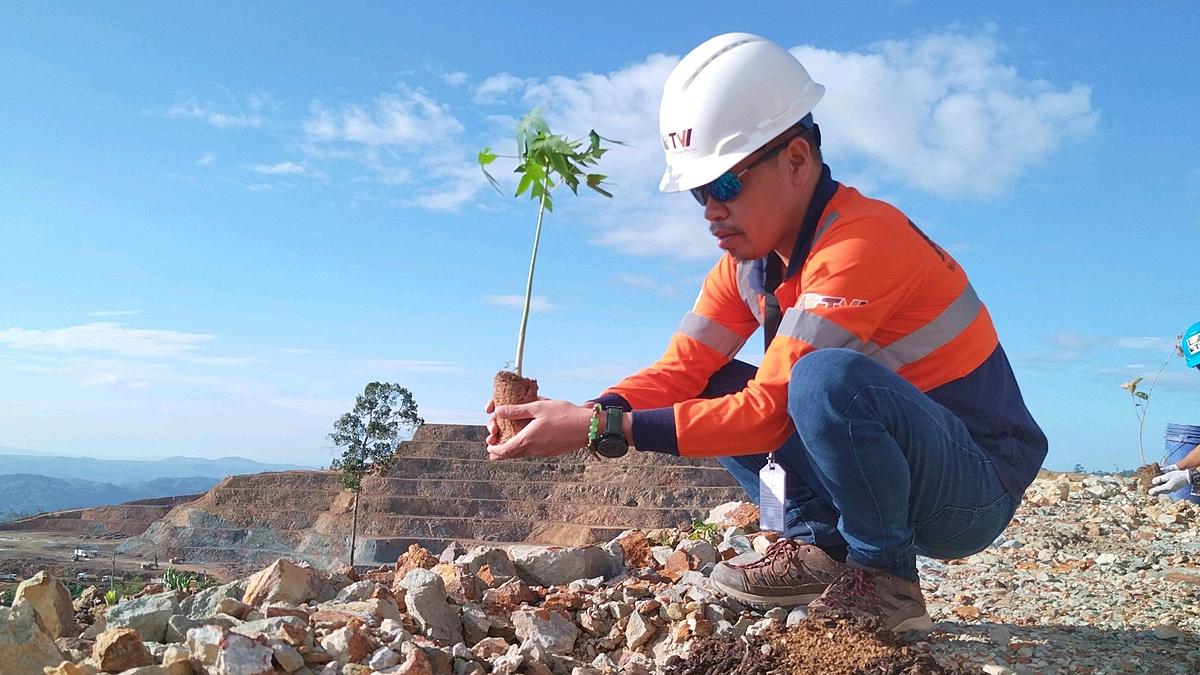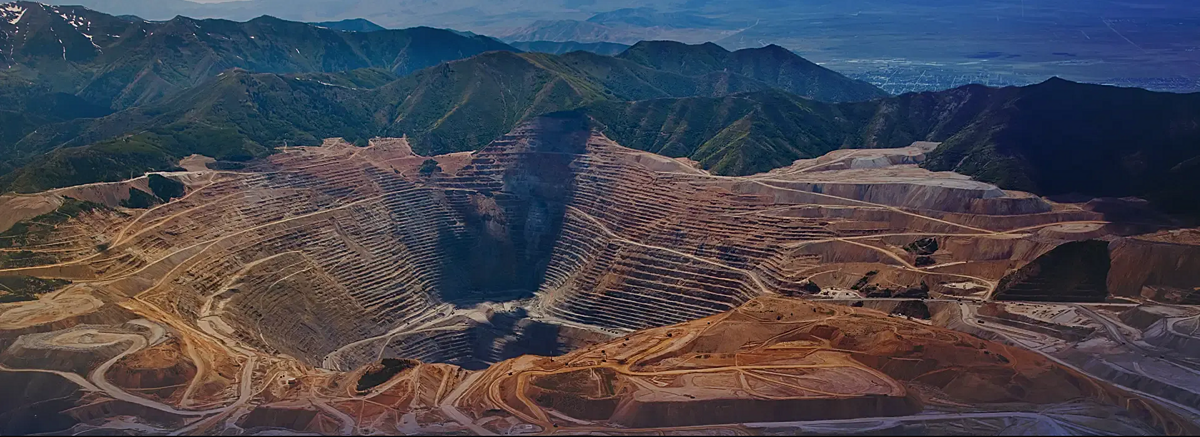President Rodrigo R. Duterte issued an order last year that lifted the ban on open-pit mining imposed in 2017. The lifting of the ban would have allowed the $5.9-billion Tampakan copper-gold mine project to proceed, the largest untapped copper-gold deposit in Southeast Asia and one of the world’s biggest. Sagittarius Mines, Inc. holds the Financial and Technical Assistance Agreement (“FTAA”) to operate at the site, which reportedly has a potential of 15 million tons of copper and 17.6 million ounces of gold.
The Tampakan copper-gold project was again recently placed in the limelight when Governor Tamayo of South Cotabato vetoed a provincial board resolution lifting the ban on open-pit mining in the province. The governor said he vetoed the lifting of the ban on open-pit mining for being prejudicial to the public welfare and inimical to the overall interest of the province. To add to the confusion, the governor stressed that this however, did not affect the operation of the stalled Tampakan copper-gold project stating that the ordinance was limited to the scope of the local government’s authority and covered small-scale mining. The ordinance, according to the governor, has nothing to do with whatever the national government decides on large-scale mining.
However, Tamayo appealed to the provincial board not to override the veto and allow the incoming Sanggunian to conduct its review of the province’s Ordinance No. 4 Series of 2010 otherwise known as the “South Cotabato Environment Code”. Tamayo’s move was met with jubilation by environmental, religious, and other groups opposed to the Tampakan project.
These developments brought back memories of my time as lawyer for the project operated by the original FTAA holder.
Entry of Western Mining Corporation
Western Mining Corporation (“WMC”) arrived in 1987 and during the next ten years evaluated many exploration sites. In 1990, Gerry Palermo, a Davao-based businessman who headed a group of mining claims held by members of the Visayan community in South Cotabato, introduced the prospect to WMC.
In a contract denominated as "Tampakan Option Agreement" dated 25 April 1991, WMC Resources International Pty. Ltd. (WMC), a wholly owned subsidiary of Western Mining Corporation Holdings Limited, a publicly listed major Australian mining and exploration company, through its local subsidiary Western Mining Corporation (Philippines), Inc. (“WMCP”) acquired the mining claims of Southcot Mining Corporation, Tampakan Mining Corporation, and Sagittarius Mines, Inc.
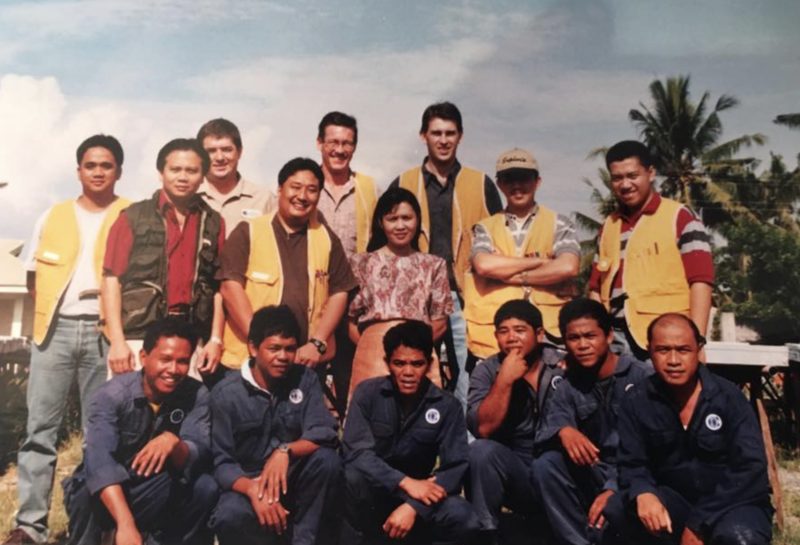
Geophysical and geochemical surveys were completed in 1992 and the results identified a target for exploration drilling in 1993. The Philippine government awarded to WMCP an FTAA on 30 March 1995, a month before the Mining Act of 1995 went into effect on April 30 and before the Indigenous Peoples Rights Act (“IPRA”) was passed into law in 1997. The original FTAA covered 99,3876 hectares in the quad-boundary of South Cotabato, Sultan Kudarat, Davao del Sur and North Cotabato. In early 1998, WMCP announced a large tonnage, low-grade mineral resource of 900 million tons at 0.75 percent copper and 0.30 gram per ton gold using a copper cut-off grade of .50 percent.
In 1997, the La Bugal-B’laan Tribal Association of Columbio, Sultan Kudarat challenged the constitutionality of the Mining Act, asserting that its provisions regarding 100% foreign ownership of companies engaged in mining as well as other provisions of the said law went against the 1987 Philippine Constitution. In 27 January 2004, the Supreme Court (“SC”) declared the Mining Act unconstitutional, thereby voiding the FTAA issued to WMCP. However, the SC overturned its own decision in December of the same year.
Principal Agreements with Stakeholders
In accordance with the terms of its FTAA, WMCP sought agreements with the three provinces - South Cotabato, Sultan Kudarat, and Davao del Sur - and their respective municipalities - Tampakan, Columbio, and Kiblawan, as well as five Barangay Councils - Pula Bato, Danlag and Tablu in Tampakan, Datal Blao in Columbio, and Kimlawis in Kiblawan. The five barangays are also home to B’laan communities which occupy the more remote upland areas where actual mining was to take place. These are Bong Mal, Folu Bato, Danlag, Salna’ong and S’banken.
The B’laans are one of 18 indigenous groups living in Mindanao, who are largely concentrated in the provinces of South Cotabato, Davao del Sur and Sultan Kudarat. Most of them are still engaged in subsistence farming, with corn and rice being the main produce. Originally, the B’laans lived on the fertile plains but were forced to move to the mountains when the government started bringing in majority Cebuanos and Ilonggos from the Visayas during the early 1900’s.
Prior to the arrival of WMCP, traditional ownership of land at the site of the proposed mine site was not recognized by the government. B’laans occupied public or forest lands, which were non alienable and under the jurisdiction of the Department of Environment and Natural Resources (“DENR”). In 1993, DENR Administrative Order No. 2 established procedures for the issuance of Certificates of Ancestral Domain Claims (“CADC”) which recognized indigenous peoples’ claim based on traditional association to land, and recognition of their right of occupation and land-use management. In November 1997, IPRA was passed and the National Commission on Indigenous Peoples (“NCIP”) was created.
WMCP supported a non-government organization and hired anthropologists and sociologists to convince the B’laans to apply for CADCs and establish formal tribal councils. These were done so that the company could have legal entities to negotiate agreements with, in relation to legally delineated land areas over which these IPs had legally recognized claims. WMCP collected the necessary data and sponsored the five B’laan communities in their applications for CADCs with the DENR. The research presented in the CADCs focused on three tasks - identification of stakeholders, delimitation of their occupancy, and estimation of the time they and their ancestors have been resident there.
Initially, WMCP obtained Heads of Agreement with B’laan leaders and sought stronger and more representative organizations for Principal Agreements. WMCP stated that the Heads of Agreement and successive Principal Agreements were drawn up in accordance with the traditional Kasfala negotiation and more binding Diandi blood compact as per B’laan traditions.
The agreements were negotiated, signed, and implemented in accordance with an Execution Protocol, guidelines based on Australian resource companies’ experiences in dealing with native aboriginal communities. Professor Michael Crommelin, who was a former Dean of the University of Melbourne Law School, assisted in the preparation of the Execution Protocol. He teaches several courses on Constitutional Law, Mineral and Petroleum Law, and Resources Joint Ventures.
Managing Conflicts Between Indigenous B’laans and Visayan Settlers
WMCP like any other foreign companies was subjected to the local socio-political dynamics of conflict and accommodation in the area where it operated. This was particularly true in how the company cautiously threaded the ethnic division between the indigenous B’laans and the Visayan settler communities. While they were ethnically different, they were of a generally uniform economic profile - that is tenant farmers.
Local animosity between B’laans and Visayans was found to have historical and ethnic roots. Visayan prejudice stemmed from their settlement of this frontier region since the 1930s, and they generally viewed B’laans as primitive and pagan. On the other hand, B’laans regarded Visayans with fear as land grabbers and felt discriminated when it came to economic opportunities.
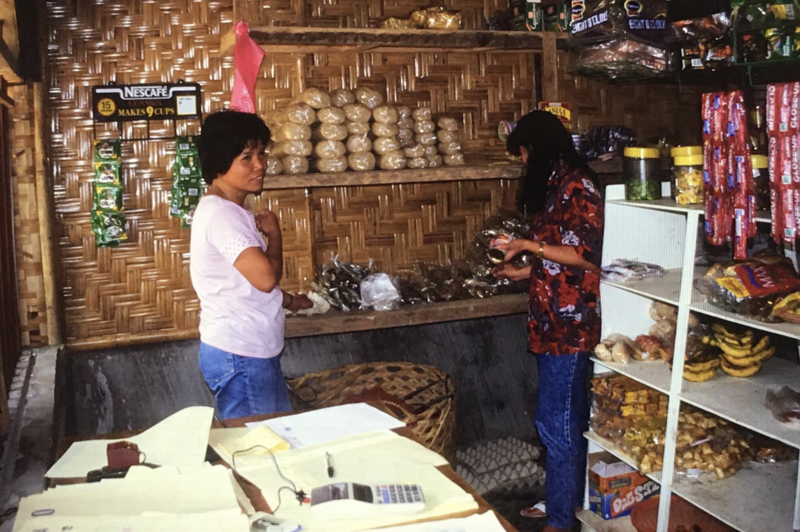
With the entry of WMCP to the area, increased in-migration to traditional B’laan land by Visayan settlers, as a result of anticipated employment opportunities and real estate speculation, was exacerbating challenges facing the company and host communities. Although ancestral land which has not yet been titled was non-alienable, “rights” were being purchased by Visayans from B’laans. The presence of the company led a renewed interest in land within the proposed mining area in order for the speculators to benefit from the mining company’s compensation packages and economic opportunities. The question of landownership and the problem of land disputes became an issue of importance and concern for the company.
Moreover, the award of communal title to indigenous people clashed with the aspirations of other groups who were invariably present within the ancestral lands. Those of Visayan origin felt discriminated against because they were not getting as much attention from the company as the indigenous B’laan communities. Portions of the ancestral land were shared with Visayan settlers who bitterly opposed the issuance of CADCs. The communal claims to ancestral land conflicted with the interests of Visayan settlers, who having acquired titles in some areas, had also legitimate legal claims. In December 1996, Visayan residents of Tampakan barricaded roads leading to the proposed mine site in opposition to the scheduled signing of the B’laan Principal Agreements, compelling the company to expedite the negotiation of land access agreements with the Visayan settlers and local governments.
My Personal Insights
What was my role in all of these? I was a new lawyer then and had the opportunity to watch all these events unfold during my early legal career. I joined WMCP in 1996, almost straight out of law school and after my stint as a petroleum geologist working at the Department of Energy (“DOE”). I was headhunted by the company who was then looking for an understudy for its Australian legal manager. As a working student balancing my time as a geologist and studying law at night in the University of the Philippines, I didn’t have much experience in mining or mining laws. At that time, the Mining Act just became law and the Marcopper accident in Marinduque was a hot news item. I believe that in my final WMCP interview, what convinced the panel was my experience and knowledge in negotiating petroleum service contracts which was part of my job at the DOE. WMCP’s FTAA and service contracts have a lot in common since both have the same constitutional basis allowing 100% foreign ownership of companies engaged in the exploration, development, and utilization of natural resources.
Upon my acceptance to the company, I have to hit the ground running. There were ongoing public consultations on the Mining Act’s implementing rules and regulations following public clamor and anger from the Marcopper accident. I also needed to study the nuances not only of mining law but also laws relating to forestry, indigenous people’s right, environment, and local government.
As part of my preparation to eventually handle the responsibility of heading the local legal department, the company seconded me to work in its various business units in Australia in 1997. I worked at the corporate offices in Perth, Brisbane, and Melbourne on Australian mining projects with both WMC and its construction contractors. I also had a stint in an Australian law firm, which had a very advanced practice group in resources, construction, and native title law. For my mine exposure trips, I drove alone in outback roads and visited WMC mine sites at far-flung locations. I even visited some aboriginal communities to witness the company’s corporate social responsibility activities. My life as a Filipino expat lawyer in Australia was both rewarding and enriching.
Returning from my Australian secondment, the first order of the day was to work on securing all the land access agreements in preparation for the mine development area. This entailed spending my time not in the comforts of our spacious Makati office but in the highlands of Tampakan for immersion with the communities, both Visayan and B’laan. I was basically living and breaking bread with farmers, politicians, and traditional strongmen in the communities. The areas which I visited were especially notorious for kidnappings by armed bandit groups where Islamic and communist insurgents also operated. It was wild, wild west in that part of Mindanao during that time but was certainly an eyeopener as I was exposed to extreme poverty in the uplands especially that of the IPs.
I visited all the local government units which have jurisdictions on the proposed mine development area. I conferred with Visayan settler, indigenous, and Muslim communities. One couldn't imagine the volume of native and instant coffee I have taken in my numerous consultations. It would be the height of disrespect to decline whatever the households and offices could humbly offer to me especially someone from a place they derisively called “Imperial Manila”. The more consultations I conducted in a day, the more cups of “sweetened” coffee I was expected to partake.
WMCP offered an option to develop the communities but the project has to gain social acceptability. It was also the company’s responsibility to prepare the marginalized communities and local governments for the anticipated surge in economic activity with the proposed mine development. Our objective was to put the agreements into place. However, the company had to act pragmatically in managing its own corporate strategy and balance it with the interests of the Visayan local government, the requirements of the national government, and B’laan traditions.
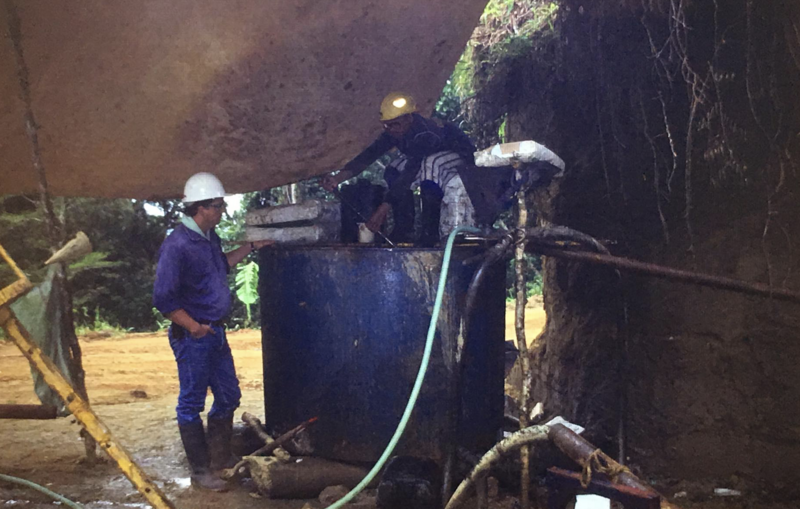
We started with the agreements with the B’laans because they will be the first to be affected since the mine site is within their ancestral domain. This is the reason why in our discussions with the communities, we have to follow a strict and tenacious Execution Protocol. There would be no shortcuts to obtain the consent of the IP communities who were at a relative disadvantaged compared to the company. The Execution Protocol met with some hesitance even within the company. It was my responsibility that the community relations and corporate affairs departments strictly adhered to the protocol and WMC’s Code of Conduct. Their job was to get the principal agreements signed but my job goes beyond the signing of the agreements - the process should strictly adhere to the guidelines of getting the free and informed prior consent of the communities. WMC, the mother company, then was a relatively large listed resources company in Australia with global operations. All eyes were on the company because of the sensitive issue of working in a remote developing country with native title, environmental, and social acceptability issues. In fact, WMCP’s Execution Protocol had a heavy influenced in the NCIP’s administrative orders in obtaining free and prior informed consent from IPs.
The company did its best to get its message across to the host communities. For the Visayan settlers, there was relative ease in our consultations because of their level of education. It was a different story with the B’laan IP communities. We have to bring in local B’laan interpreters and translate the main points of the agreement to the local vernacular. Although the final signed agreement were written in English, all the consultations were done at the communities and in the presence of NCIP officials.
The company was accused of “wining and dining” the leaders of the IP communities and bribery through its community development and scholarship initiatives, coming especially from the Social Action Center of the Diocese of Marbel. As far as I am concerned, I have not witnessed those occurences. The company even played hosts to numerous international human rights and legislative fact-finding missions. Everyone was invited to visit and see for themselves the numerous activities being done by the company. What I do know was that local B’laans in the area have not been comfortable civil society groups as well. In fact the La Bugal B’laan group which was the petitioner in the FTAA constitutional challenge was not based within the mine development area. It was based in the Poblacion of Columbio Sultan Kudarat, which was the least affected area if the mine operated.
WMCP was also accused of employing goons. All evil schemes, shenanigans, and machinations were by default, attributed by civil society groups to WMCP. There was one instance where I have to personally appear on behalf of the company for an NBI investigation conducted in Cotabato City in relation to the assassination of a town mayor in Sultan Kudarat. The case against the company obviously did not prosper but one has to imagine the immense hostility and black propaganda against the company by certain sectors.
We were free to roam in the FTAA area even traveling to areas called “no man’s land” where lose and unlicensed firearms proliferated in the hinterlands. Despite the banditry and insurgency, we did so without any armed bodyguards. When I travelled to the communities, I was only accompanied by a company driver or fellow employee. I didn’t experience any form of harassment but the company was fully aware of my destination and schedule. Except for the occasional barricades brought about by personal grievances against the company, there were no instances of burning of company properties or killing of employees and contractors during my time working with WMCP. Most of the barricades were related to unsettled crop damages, labor issues or petty misunderstandings with company employees and contractors. The company had to balance the employment opportunities among the locals so it has to implement a rotational labor hiring among the locals.
With the signing of four out of five Principal Agreements with the IP communities, the next task was to create the B’laan foundations to manage the funds intended for the communities. Because of the veto power of the company and the government representatives from NCIP and Mines and Geosciences Bureau, the tribal council representatives in the B’laan foundations were understandably weak. Even some of the B’laans were ambivalent to the tribal council system. At that time, the tribal councils have had little influence, and the local government units tended to ignore them. This was perhaps the reason why there was intense criticism on the government-sponsored tribal council system insofar as it was susceptible to manipulation.
In 1999, there was already uneasiness among WMCP’s employees and stakeholders because operations were being scaled down. In anticipation of the company’s eventual withdrawal from the Philippines, retrenchments of employees and budget cuts were becoming common. Some permanent employees including myself were given the pink slip and made contractual employees. This was when I decided to accept a scholarship to pursue graduate law studies in Australia.
I initially had misgivings in accepting the offer because at that time in 2000, I had a young family and taken a loan to finance our first home. Going to graduate school would cause a dent to our financial situation since I would be out of work for eighteen months and my family had to rely on my wife’s income. My boss in WMCP talked me into accepting the offer because he explained that it would benefit my career in the long term. WMC also supported me in a small way in my law graduate studies at the University of Melbourne. Our head office in Melbourne would give me occasional part time work to augment my meager scholarship allowance.
In 2001, WMCP which had invested $39 million for exploration and support activities in its Tampakan project decided to pull out of the country. Following an evaluation of the mineral resources of its mining site in Tampakan, the company decided that it would not be able to meet a rate of return on investment acceptable to WMC. WMCP said it also took into account the continuing drop in the price of copper in the world market at that time. WMC sold its rights and interests to Sagittarius Mines, Inc. The sale and transfer of its mining rights paved the way for WMC’s complete pull-out from the Philippines.
When I came back from my law studies, the task waiting for me was winding up the company’s business and financial accounts. The companies’ properties - lock, stock, and barrel, were turned over to the FTAA assignee. As a gesture of courtesy, WMCP personally delivered letters to the LGUs, tribal councils, and stakeholders informing them of the company’s withdrawal from the project. It was also an opportunity to introduce the new company taking over the project to the communities. After everything was set into place, I was the last employee of WMCP - the person who turned off the office lights.
My Tampakan experience provided me with fond memories of times with co-workers who eventually became good friends, sharing fresh bounties from the Mindanao seas and sweet produce from the volcanic enriched soil of Mt. Matutum. I recall road stops for breakfast of durian, marang, mangosteens, and pomelos in North Cotabato; and lunch of native chicken inasal in Tupi, ubiquitous tuna and blue marlin kinilaw, premium cuts of locally-fattened Australian cattle, mudfish inihaw from Liguasan Marsh, and fat mud crabs from Cotabato City. Our friendship continues to the present especially with social media as the nexus and facilitator. Colleagues became executives of mining companies both locally and internationally, and some were retained by the present project management. Some B’laan groups continue to consult me on several occasions and I tend to believe that they do so because they were convinced of WMCP’s sincere relationship with them when the company operated in the area.
After many years since the FTAA was signed in 1995 and with the South Cotabato governor’s pronouncements over his veto, there still remains a big question mark on the final outcome of the Tampakan project. Time is certainly running out for this flagship mining project. As someone who was a part of the Tampakan experience, I can only hope that with the huge amount of financial resources and human capital poured into this project, we will eventually see a favorable outcome to this much anticipated mining project.
Fernando “Ronnie” S. Penarroyo specializes in Energy and Resources Law, Project Finance and Business Development. He may be contacted at fspenarroyo@penpalaw.com for any matters or inquiries in relation to the Philippine resources industry and suggested topics for commentaries. Atty. Penarroyo’s commentaries are also archived at his professional blogsite at www.penarroyo.com
Reference: Smith, John Willem, The Challenge of Sustainable Local Development at the Site off the Tampakan Copper Project in the Philippines, UMI Dissertation Publishing, 2014, http://etheses.lse.ac.uk/1911/1/U215519.pdf

